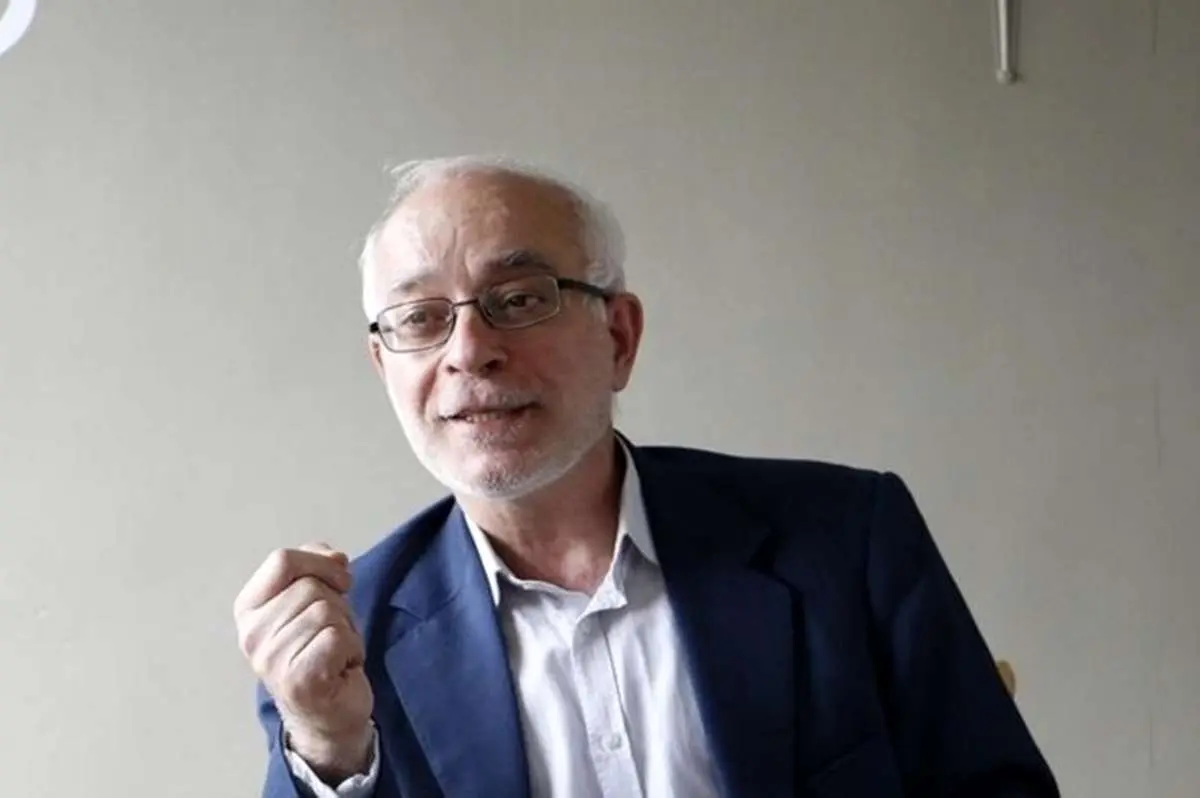SAEDNEWS: Dr. Hassan Beheshtipour, a prominent international affairs analyst, has addressed Iran’s position in the arena of nuclear power in a recent commentary.

According to Saed News, Dr. Hassan Beheshtipour, professor of international relations, wrote in a strategic note: In a recent lecture by Professor Theodor Postol, retired professor at MIT, published on YouTube, it was claimed that Iran has effectively become an “undeclared nuclear power.” Despite its claim of technical neutrality, this view aligns significantly with Israel’s propaganda narrative regarding Iran’s nuclear program, which has been ongoing since around 1995. It is important to note that technical analyses in the sensitive field of nuclear energy are usually presented in scientific forums through peer-reviewed publications. Making such significant claims in the form of a media interview—without providing verifiable evidence—fundamentally diverges from academic standards. Below, five main points of critique of this claim are examined:
Ambiguity Regarding the “174 Centrifuges” Figure
Postol claimed in his remarks that: “Since February 2021, Iran has produced nearly 13,000 centrifuges without IAEA monitoring of their production.” However, the International Atomic Energy Agency (IAEA) has fully monitored Iran’s activities during this period. Evidence of this is the quarterly reports from the IAEA Director General to the Board of Governors, detailing the number of centrifuges manufactured, installed, and operational. Without access, the Agency could not produce accurate reports on Iran’s uranium enrichment levels.
Postol further asserted that since Iran has not granted access to IAEA surveillance camera footage, “even 1 to 2 percent of the produced centrifuges may have secretly left the production line.” According to him, with a 4 percent diversion of produced centrifuges, Iran could build three full cascades of centrifuges (174 centrifuges) capable of producing a nuclear bomb.
This argument is flawed because lack of access to camera footage—which resulted from violations by the other party under the JCPOA—does not mean that IAEA inspectors lost oversight of Iran’s activities. As previously mentioned, the Director General’s reports indicate full access and detailed accounting of enrichment activities in Iran prior to the U.S. attack on IAEA-monitored facilities.
90% Enrichment Is a Necessary, Not Sufficient Condition
Postol emphasizes that Iran’s achievement of 60% enriched uranium and a stockpile of 408 kilograms equates to the capability of producing ten nuclear weapons. However, he deliberately or negligently overlooks the fact that for building an atomic bomb, merely having uranium enriched to 90% is not sufficient. Subsequent stages—including converting UF₆ to uranium metal, designing a precise explosive trigger, and building remote control systems—are critical and complex components omitted in his analysis.
Security and Maintenance of Nuclear Weapons
Postol’s focus is solely on the capability to produce a nuclear bomb, without addressing the complex and costly issue of securely maintaining nuclear weapons. Matters such as safety management, creating a secure environment to prevent accidents or misuse, and advanced monitoring systems are heavy engineering and expensive components entirely overlooked in his claim. These aspects are essential for producers and custodians of nuclear weapons. Iran, according to more than 202 IAEA Director General reports since 2003, lacks such facilities.
Bomb Portability and Integration with Delivery Systems
One of the key technical challenges in nuclear weapon development is miniaturization and integration with delivery systems (such as ballistic missiles). Postol claims that Iran has achieved this technology but has neither provided documented evidence nor cited independent intelligence sources. Even countries with nuclear arsenals have spent years developing these technologies. IAEA reports have never indicated that Iran has acquired such capabilities.
Consensus Among U.S. Intelligence Agencies on Iran’s Halted Weapons Program After 2003
According to the 2007 U.S. National Intelligence Estimate (NIE), Iran pursued its military nuclear program until 2003, but there has been no conclusive evidence of its continuation thereafter. Likewise, the IAEA, while referencing Iran’s past activities in multiple reports, has not presented evidence of an active weapons program after that date. Therefore, Postol’s analysis not only lacks independent documentation but also contradicts the consensus of official intelligence agencies.
Conclusion
Although Professor Postol’s view claims to be a technical (not political) analysis, its content aligns with Israel’s propaganda narrative — which since 1995 has asserted Iran’s imminent acquisition of a nuclear bomb. Presenting such sensitive technical claims in public media not only undermines the scientific credibility of the analysis but may also serve as a political tool to escalate international tensions.
These statements, despite their technical appearance, pursue a political narrative more than an independent scientific analysis. The absence of precise documentation, disregard for key engineering challenges, and inconsistency with official intelligence reports are among the fundamental weaknesses of this claim.

